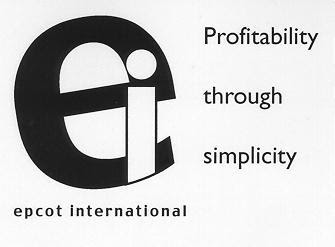Since 2011 (1, 2, 3) I have postulated
that pharma needs a “creative destructionist” for its manufacturing technology
innovations to get out from its archaic “quality by analysis” methods to “quality
from the get go methods”. Current practices have cost patients billions in
excessive costs.
Generally most of the “creative destructionists” are
from outside the industry, McLaren could be the one for the pharma and the
chemical industry.
“What
Can the McLaren Racing Team Teach the Rest of Us?(4)” is an
interesting read. McLaren
Applied Technologies (MAT) is analyzing generated/available information and
creating scenarios that are changing the current operating models in some
industries. Their analysis and methods along with human creativity take an acceptable
2+2=2.5 or 3 to a higher number, closer to 4 and are the key. Such improvements
are game changers.
Methods and technologies of MAT besides winning car
races have been used to train Olympic athletes, in oil drilling and improving
airport operations. These are just few examples. GSK, the pharma company, is
using them to improve its toothpaste production and drug discovery processes. In
these applications there is complex interaction of humans and machines. Since
MAT methods and technologies are being successfully applied to these complex
situations, I believe that they could be very effectively used in less complex
manufacturing situations e.g. reactive chemical manufacturing and their
formulations.
Total revenue for these markets would soon be
approaching FOUR Trillion dollars, one trillion dollar for the global pharma (5)
and about three trillion dollars for the chemicals (6). Combined
savings of 10% for pharma and chemicals could be about $400+ billion dollars
and that would be a wonderful achievement. Savings will come from improvements
in supply chain, process yields, business practices and product quality.
Significant information about the reactive processes
used to produce chemicals including active pharmaceutical ingredients that are
chemicals with disease curing value and their formulation is readily available.
Proficient chemists/chemical engineers can combine chemistry and chemical
engineering principles, creativity (7) along with “what if”
scenarios to create processes that are efficient, cost effective and
significantly sustainable compared to the current processes. Their application
would be extremely helpful for pharma molecules before they get in to clinical
trials. QbD in pharma could become a reality. We all know that once the
selected molecule gets in clinical trials, process changes are difficult. “Process
centricity” will overtake “regulation centricity” and for the first time
quality from the get go will become way of life for pharmaceuticals.
Girish Malhotra, PE
President
EPCOT International
1. Malhotra, Girish: Does
the Pharmaceutical Industry Need A Steve Jobs? November 8, 2011
2. Malhotra, Girish: Can
the Combination of Creative Destruction and “Steve Jobs’ Traits” Lead to Pharma
QbD Spring? April 15, 2012
3.
Malhotra, Girish: Landscape
Disrupters Are Becoming Part of the Pharma’s Playing Field, August 17, 2014
4.
Bennett, Drake: What
Can the McLaren Racing Team Teach the Rest of Us? Business Week,
October 2, 2014 accessed October 7, 2014
5.
Pharma
Report Predicts Trillion Dollar Global Industry by 2020 Accessed October
13, 2014
6.
Chemical
Industry Profile Accessed October 10, 2014
7.
Malhotra, Girish: Chemical Process
Simplification: Improving Productivity and Sustainability John
Wiley & Sons, February 2011
